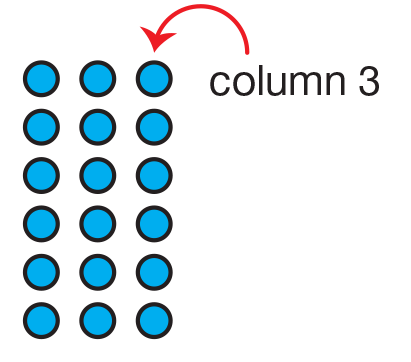Students review sorting and counting by tens. They work from ten frames and trains of 10 cubes to construct a 50 Chart. The goal is to show the relationship between groupings of tens and ones and the sequence of two-digit numbers on the 50 Chart. Students locate and record selected numbers on the chart, eventually filling it all in. Moving to the 100 Chart, students identify number patterns and discuss number relationships.
Content in this Lesson
- Representing two-digit numbers using the language of tens and leftover ones (e.g., 4 tens and 3 leftover ones) and conventional names (e.g., 43).
- Connecting representations of quantities with connecting cubes, 100 Charts, and number lines.
- Reading and writing numbers to 50 [E2].
- Counting forward and backward by ones, twos, fives, and tens [E1].
- Identifying even and odd numbers.
- Identifying, describing, and extending repeating patterns on the 100 Chart and number line [E3].
- Identifying the pattern unit in a repeating pattern [E5].
- Checking a solution for reasonableness [MPE3].
- Showing my reasoning [MPE5].
Daily Practice and Problems O–R
Assessment in this Lesson
| Assessment | Expectation Assessed | Math Practices Expectation Assessed |
|---|---|---|
|
Patterns in Numbers Student Activity Book Pages 265–267 |
|
|















